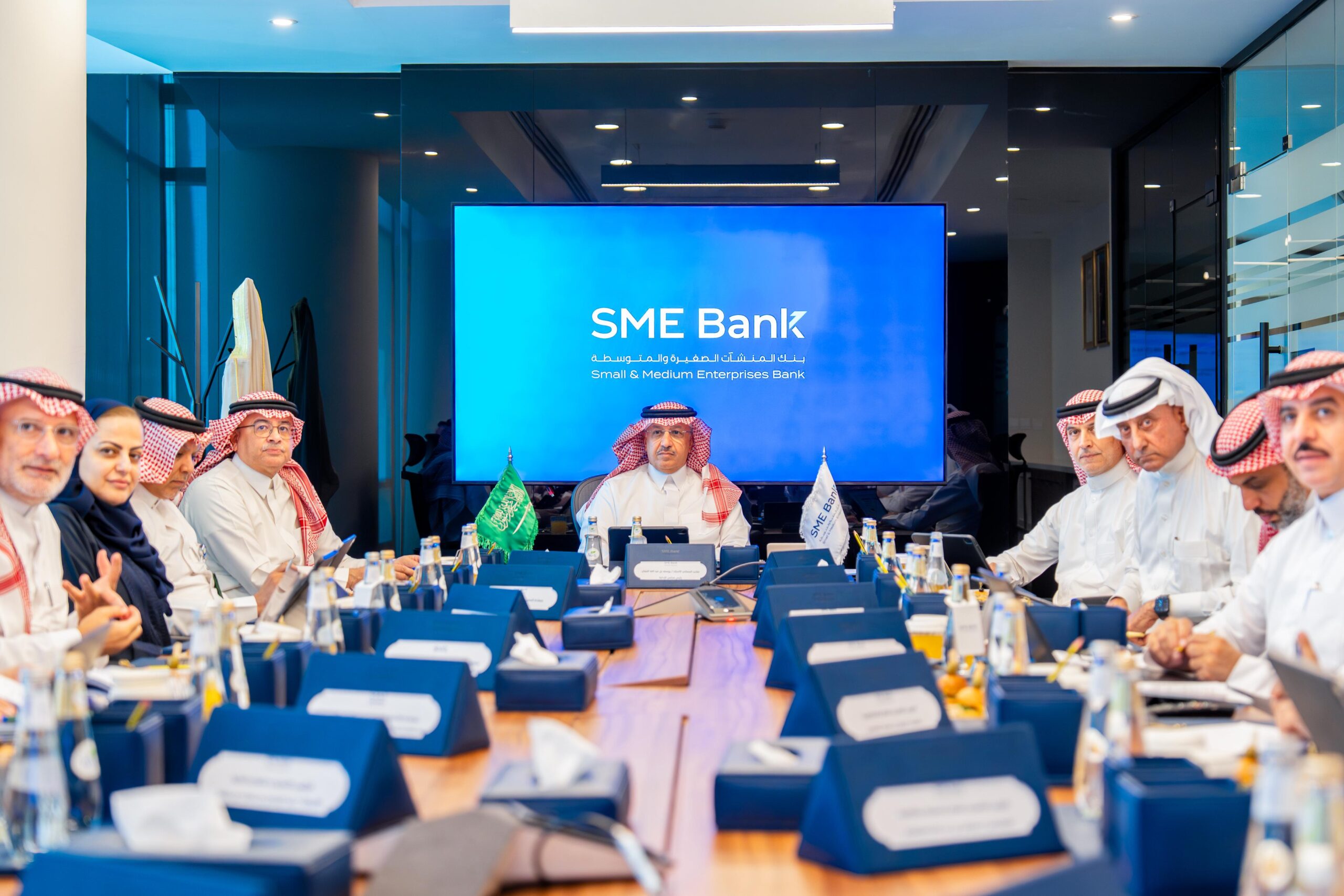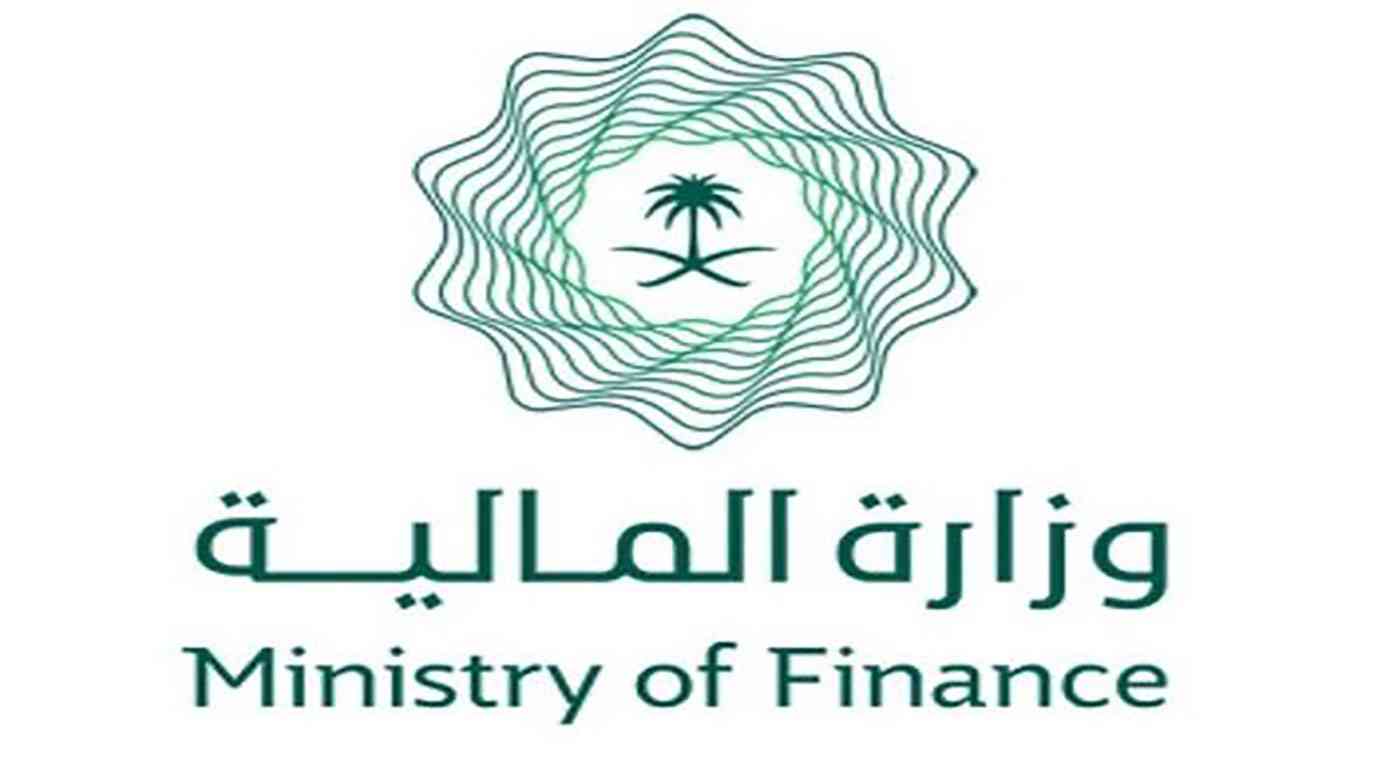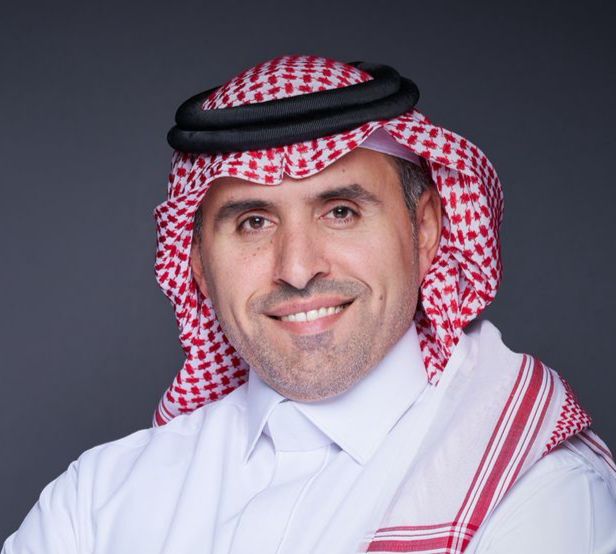Publisher: Maaal International Media Company
License: 465734
Moody’s: Gulf countries are moving towards private credit and alternative investments as capital markets grow
Moody’s issued a report entitled (Sector In-Depth: Capital Markets – Gulf), in which it analyzed the supporting factors and potential risks to the region’s move towards private credit and alternative investments, in light of its continued efforts to move away from the oil-dependent model, as the latest indicators showed that capital markets in the Gulf Cooperation Council countries continue their rapid growth, driven by structural reforms and the expansion of mega projects in the Kingdom and the rest of the countries of the region. According to the report, bank loans in the Kingdom witnessed a net growth exceeding $127 billion between 2021 and 2023, while deposits in banks increased by about $70 billion only during the same period. This difference leads to what is known as the “bank financing gap”, which prompts banks to issue basic bonds, including AT1 issues, in addition to resorting to other options such as securitization through the Saudi Real Estate Refinance Company. The Saudi stock market (Tadawul) is leading the way after its inclusion in global indices such as MSCI and FTSE Russell for emerging markets during 2019 and 2020, which led to the influx of billions of dollars in foreign investment. The report also indicated that the Kingdom, the largest economy in the Gulf, is leading the change through Vision 2030, which aims to diversify sources of income and develop the real estate, tourism, entertainment, transportation, and advanced technology sectors. The total value of the investments targeted by the Kingdom is estimated at about $3.3 trillion until 2030, with a share of 40% of these investments allocated to the private sector.
A credit analyst participating in the preparation of the report said: “Large-scale projects in Saudi Arabia, such as NEOM City and special economic zones, require multiple sources of financing, including bonds, sukuk, and private credit; this is a historic opportunity for local and international institutions to gain a deeper foothold in the project finance market.” (Arabian Business)
In addition to easing foreign ownership restrictions (which were limited to 5% of total equity in late 2017), the Kingdom has allowed qualified foreign investors direct access to Saudi stocks, in addition to liberalizing the rules for initial public offerings.
اقرأ المزيد
The report explains, pointing to the significant expansion in foreign entities’ participation in the market: “At the beginning of the reforms, the foreign share in the Saudi stock exchange was only about 10%. However, it has increased to more than 12% of total market capitalization by 2024.” (Arabian Business).
In other Gulf countries, such as the UAE and Qatar, regulatory bodies continue to expand the scope of legislation. Several free zones have been launched in Abu Dhabi and Dubai, such as the Abu Dhabi Global Market (ADGM) and the Dubai International Financial Centre (DIFC) – offering a legal framework closer to English law, independent courts and detailed insolvency and liquidation legislation. Experts say this model enhances creditor confidence and creates a better environment for private credit. Private credit, according to the report, i.e. non-bank financing directed to companies outside the public markets, is exceptionally popular in the region. While global assets under management in the private credit category may reach $3 trillion by 2028, analysts expect the Gulf countries to capture a growing share of this pie.
According to the report: “Several factors have contributed to the expansion of private credit, most notably the growing interest from sovereign wealth funds in Abu Dhabi and Riyadh, and the trend of small and medium-sized enterprises to find faster and less complex alternatives to bank loans.”
The report notes that private credit deals are currently focused on direct lending and subordinated debt, while trends are increasing towards more specialized tools such as structured finance, distressed debt and special cases solutions.
The figures indicate the emergence of global companies and funds such as “Ares”, “Apollo” and “Blackstone” that have begun to form partnerships with Gulf entities, in addition to some funds announcing their intention to open local offices in Dubai and Abu Dhabi. It is impossible to discuss Gulf capital markets without mentioning the pivotal role played by sovereign wealth funds, such as the Saudi Public Investment Fund (PIF), the Abu Dhabi Investment Authority (ADIA), Mubadala, and the Qatar Investment Authority (QIA). These funds provide huge liquidity and create depth in the markets, in addition to enhancing the confidence of foreign investors. Despite the positive picture, the report warns of a number of obstacles that may affect the speed and sustainability of growth. These obstacles include: tax legislation and differences in treatment frameworks between local and foreign investors, the difficulty of securitizing debt due to the lack of legal certainty about creditors’ rights and bankruptcy mechanisms, potential fluctuations in oil prices, which may change government spending priorities and affect investor confidence, and geopolitical tensions in some regions, with the possibility of exposing long-term investments to risk. The report concludes that the GCC countries have the opportunity to build a sophisticated and diversified financial sector capable of absorbing the boom in private credit and increasing foreign investment. With the strategic vision of Saudi Arabia, the region’s largest market, and the political will of the UAE and Qatar to expand financial infrastructure, the outlook for the markets looks positive for the coming years. The report concludes with cautious optimism: “What is needed now is greater alignment of legislative and economic systems, intensified efforts to attract global financial institutions and alternative investment funds, and increased transparency and creditor protection. In doing so, Gulf markets will be able to achieve a qualitative leap that will consolidate their position as a global financial center.”








